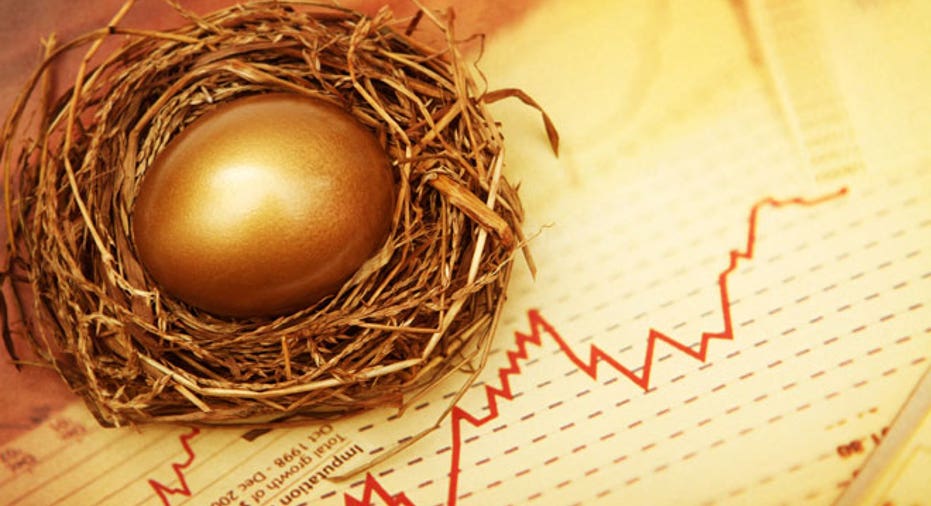Your Retirement Exit Strategy is Just as Important as Your Savings Plan

When it comes to creating a properly-funded nest egg, it’s all about setting and achieving savings goals. But when it comes time to retire, a well-crafted exit strategy is key to preserving a retirement fund.
“Investors that establish a true ‘sell discipline’ before they invest stand to maintain their portfolios, while those making rash or stubborn decisions to stay in the market are often crippled the most,” says Certified Financial Planner Ken Moraif.
I had a chance to get tips for boomers from Moraif on how to invest for the long haul and know the difference between investor performance and market performance, here’s what he had to say:
Boomer: How can capital-preservation-minded boomer investors benefit from making tactical moves to shield their portfolios from major market downswings?
Moraif: The five years before you retire and the five years after you retire represent the 10 most important years of your entire financial life. Taking large losses during that 10 year period could delay your retirement or cause you to un-retire. Protecting from large losses during those 10 years is crucial to having a successful retirement.
Boomer: What is an exit strategy?
Moraif: An exit strategy is the determination of a certain point where an investor is going to sell and, perhaps more importantly, having the discipline to implement it.
Boomer: How do boomer investors establish a true plan and exit strategy before they invest?
Moraif: The first step is to determine how much one can afford to lose before it starts to impact your ability to support your standard of living. We call this "The Magic Number." If you have twice your Magic Number, you can afford to lose half your money and you will still be able to support your lifestyle.
On the other hand, if you only have 10% more than your Magic Number, you certainly cannot lose half your money and still continue to support your lifestyle.
Boomer: What is the difference between investor performance and market performance?
Moraif: The first thing that we do with a new client is determine what we call their "Hurdle Rate.” The Hurdle Rate is the rate of return the client needs to support their lifestyle. That is the rate of return that we want to beat with the least amount of risk possible.
If a client's Hurdle Rate is 6%, then that is our target, the market’s performance is not our target. Trying to beat the market will most likely require us to take far more risk than is necessary to accomplish our clients’ financial goals. The penalty for taking too much risk is not one that we want our clients to experience.
Boomer: How do you help your boomer clients invest for the long haul?
Moraif: The closer a client comes to retirement, the shorter their investment time horizon. If you are going to need to start drawing from your investments within the next five years, you are a short-term investor. It is very dangerous to think of yourself as a long-term investor. At this point, you can no longer afford to take the kinds of risks that a 25-year-old can afford. You no longer have the time to recover from bear markets and, if you are taking an income from your investments while the market is declining, you may never recover.
It is very important to be properly diversified, to take only the risk that is necessary to accomplish your financial goals, and to have an exit strategy to protect you from large losses.



















